When I had my Ayurveda consult with Dr. Sarita Shrestha, I was told to learn the Mahamrityunjaya Mantra and chant it frequently.
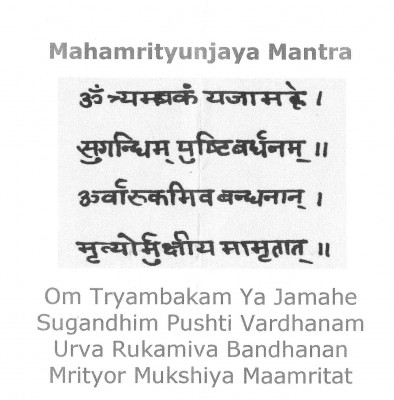
The sheet of paper that I got with it had the above graphic as well as the following text:
The meaning of the Mahamrityunjaya Mantra
The Sanskrit word maha means ‘great’, mrityu means ‘death’ and jaya means ‘victory’. Mantra is a word of great power that can give protection against negative forces and, according to Swami Satyananda, can even change one’s destiny. The Mahamrityunjaya mantra consists of 34 akshara (literally ‘imperishable’) or eternal sounds.
- The literal meaning of the mantra is as follows: “We worship the three-eyed one (Lord Shiva) who is fragrant (in a state of supreme bliss), and who sustains all living beings. May he liberate us from (the eternal cycle of birth and) death. May he lead us to immortality, just as the cucumber is released from its bondage (the vine to which it is attached).”
Benefits of chanting the Mahamrityunjaya Mantra
The Mahamrityunjaya mantra is a potent combination of sounds that, if repeated with faith, dedication and perseverance over a period of time, leads, not only to victory over the fear of death, but eventually to victory over death itself or moksha (liberation). It is therefore known as a ‘moksha mantra’. It bestows longevity, and is designed to cure illness. It wards off evil or negative forces by creating a protective psychic shield around the practitioner. It is said to destroy sorrow and poverty, and to fulfill all of one’s desires. Anyone who wishes to remove obstacles in life and overcome difficult situations or illness should repeat this mantra regularly. If chanted a minimum of eleven times, last thing at night, it will ensure a better sleep and more positive dreams.
There are many videos on YouTube with the chanting of the Mahamrityunjaya Mantra. I have chosen this one because it was the easiest on to understand and follow. Enjoy!
This mantra has been with me, at least in parts, since my visit with Dr. Shrestha in late May. Just looking at this picture of her brought a tear to my eye and love to my heart. The picture was taken at a ceremony performed in Mill Valley in 2012. I attended a similar ceremony with my wife and daughter in Berkeley just before my consultation with Dr. Shrestha.
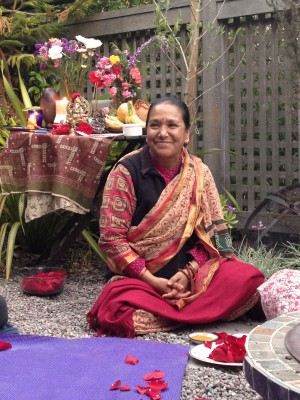
This article is dedicated to the Devi Ma Kunja Ayurvedic Rural Hospital in Nepal, which she founded and where she is from. She comes to this country to raise money for the hospital. To learn more, visit Dr. Shrestha’s website and donate generously.
Who else is going to help those poor people in Nepal?


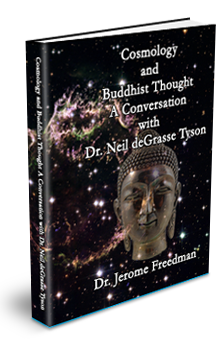
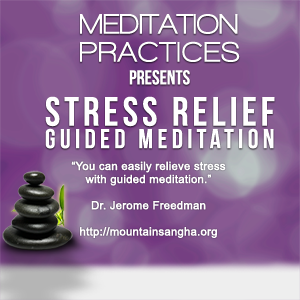

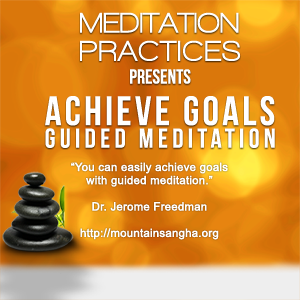


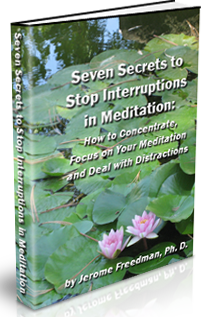
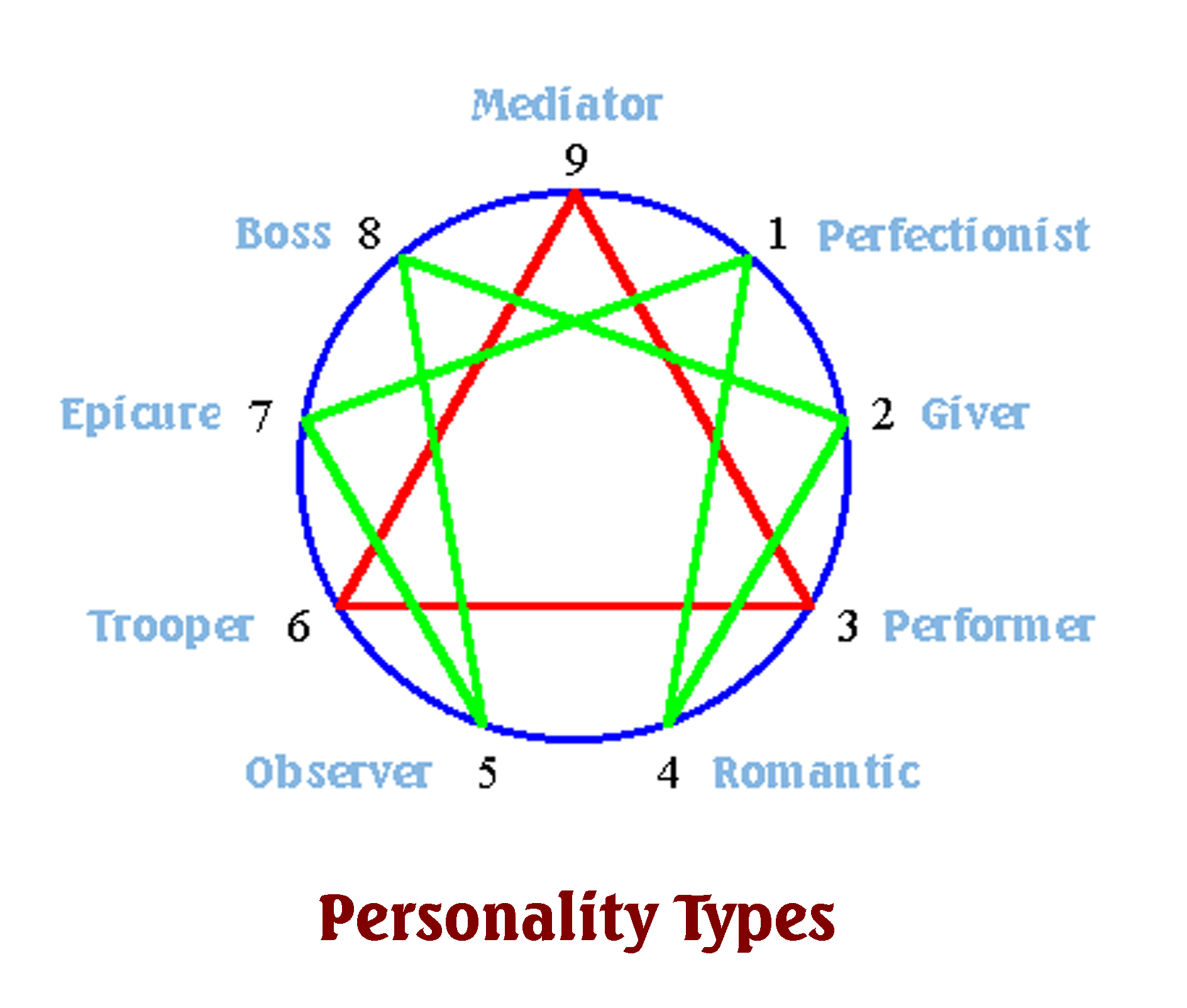
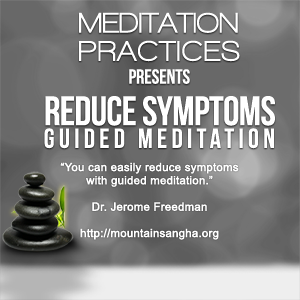


You must be logged in to post a comment.